Technologies
Moto G Play (2023) Review: Low Price, Lots of Compromises
The essentials-only Motorola phone cuts to the bone in order to hit its $170 price.
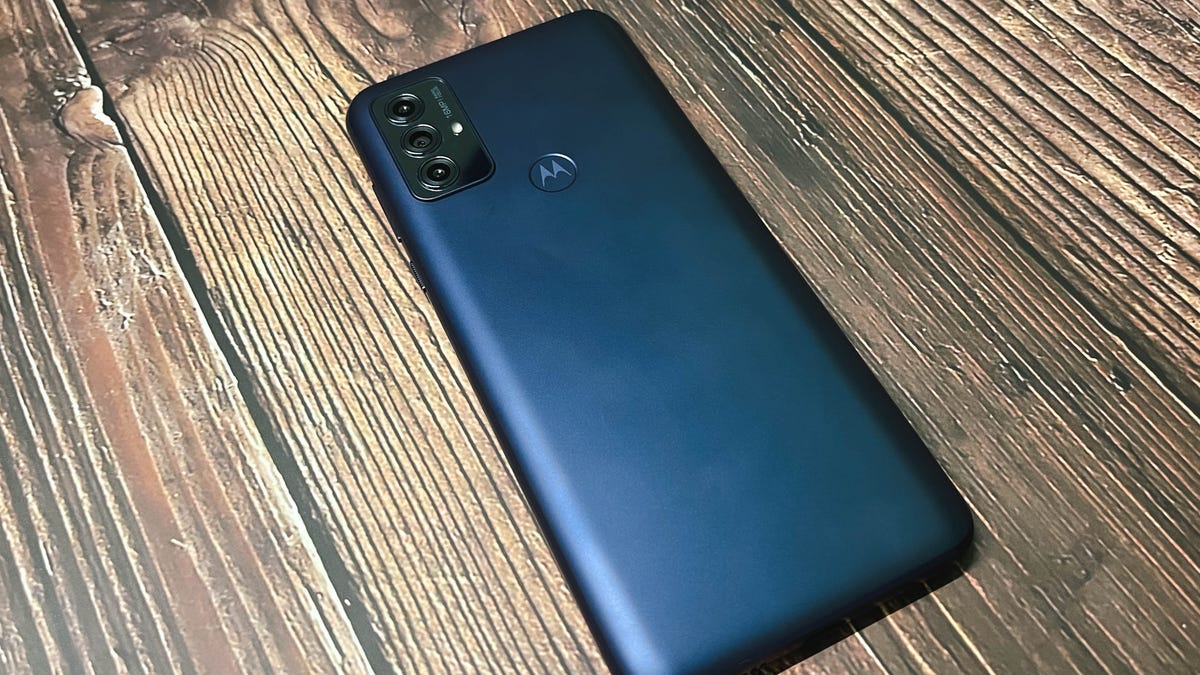
The Moto G Play for 2023 costs $170 (or even less at Amazon), making it one of the cheapest new phones you can get right now, and without the bloatware or wireless carrier restrictions we sometimes see on lower-priced devices. With a decent set of specs for the price — including a triple camera system with a 16-megapixel main camera, a 6.5-inch display with a 90Hz refresh rate and a 5,000-mAh battery that provides nearly three days of battery life — this should have been an attractive option for anyone looking for a decent, no-frills phone.
However, this phone has a number of performance issues that make it frustrating to use. And on top of that, Motorola chose to drop one of its best Moto gestures: twisting the phone to quickly open its camera. While some might consider these gestures a gimmick, they have been a signature element of Motorola’s phones for nearly a decade. Other gestures like «chop to turn on flashlight» are still here, making the absence of the camera gesture even more glaring.
Despite these important drawbacks, the 2023 Moto G Play does have some positive attributes. The battery life is great, the software is a fairly clean version of Android 12 and you’ll find rare ports like a headphone jack and microSD card slot for storage expansion. But the phone will only get one major software update to Android 13, which is less than I’d like to see but typical for this price range, as well as three years of security updates.
Yet every perk I list comes with another problem, which is important to consider if you’re tempted by the Moto G Play because of its low price.
Like
- Long battery life
- Clean version of Android 12
- Three years of security updates
Don’t Like
- Frequent lag, issues loading software
- Questionable refresh rate
- No «twist to open camera» gesture
Moto G Play design and performance
The Moto G Play looks nice for a phone that costs just $170. The Navy Blue color of its plastic body provides a hint of personality, while the phone’s low-resolution 720p display includes a screen cutout for the 5-megapixel front-facing camera. The fingerprint sensor is located in my favorite spot on an Android phone — the back.
But the problems begin once you start using the phone. The phone’s MediaTek Helio G37 processor and 3GB of RAM weren’t powerful enough to juggle multiple apps easily. In some cases, it wouldn’t even load certain apps. This was particularly bizarre considering it loaded a 3D game like Crazy Taxi (admittedly an oldie but still a goodie), but couldn’t run other modern 2D games like Exploding Kittens. With the phone’s tiny 32GB of storage, I’m lucky to even fit a couple games onto the Moto G Play, although there is a microSD card slot for storage expansion.
Geekbench V.5.0 single-core
Note:
Longer bars indicate better performance
Geekbench V.5.0 multicore
Note:
Longer bars indicate better performance
Email, news and video-streaming apps fared better in terms of performance, but not by much. Even though the Moto G Play touts a 90Hz refresh rate, which should smooth out animations, there is a lot of noticeable lag. I couldn’t even tell when the refresh rate reached 90Hz. The Settings menu lets you choose between «Auto» and «60 Hz,» with the former dynamically changing the refresh rate based on what you are doing. Having an auto setting does make sense, but a lot of the cheaper Android phones I’ve used also include the option to set the phone to a consistent 90Hz, alongside a 60Hz option for preserving battery life.
This brings me back to the phone’s 5,000-mAh battery — a bright spot considering it easily lasted two days on a full charge during my testing. I think it’s possible for the battery to make it to a third day, mostly because of how underpowered this device is. I typically got around three hours of screen time per day on the device during my testing, which included streaming, shooting photos and trying to play games for this review.
During a more active session on the phone, in which I streamed 22 minutes of a TV show at 100% brightness and then took a 24-minute video call, the battery dropped from 59% to 46%. On less active days, in which the phone was used primarily for listening to music while commuting, reading news articles and light texting, I could end the day with just over 50% remaining.
Charging times for the phone are generally less impressive than battery life. With the included 10-watt charger, it typically took just over an hour to charge from zero to 50%. Getting to 100% would take just over 2 hours, 30 minutes. When I tested charging speeds with my 18-watt charger, the results were slightly faster. The phone would get from zero to 66% after an hour and finish charging just past the two-hour mark.
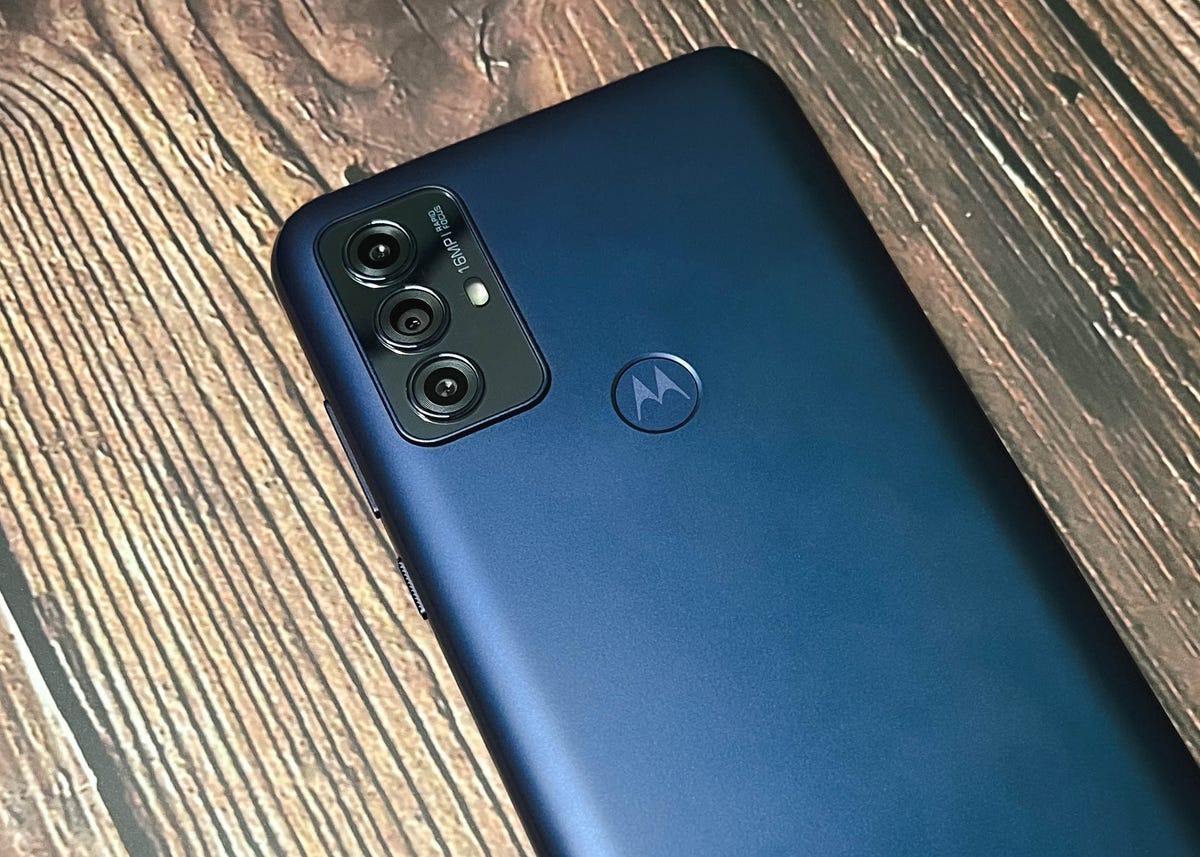

The Moto G Play has three cameras, anchored by a 16-megapixel main camera.
Mike Sorrentino/CNETMoto G Play cameras
The Moto G Play has a triple-camera system anchored by a main 16-megapixel camera, which is accompanied by a 2-megapixel macro camera and a 2-megapixel depth sensor. But photos are consistently fuzzy, whether I took them indoors, outdoors, in bright environments or in the dark.
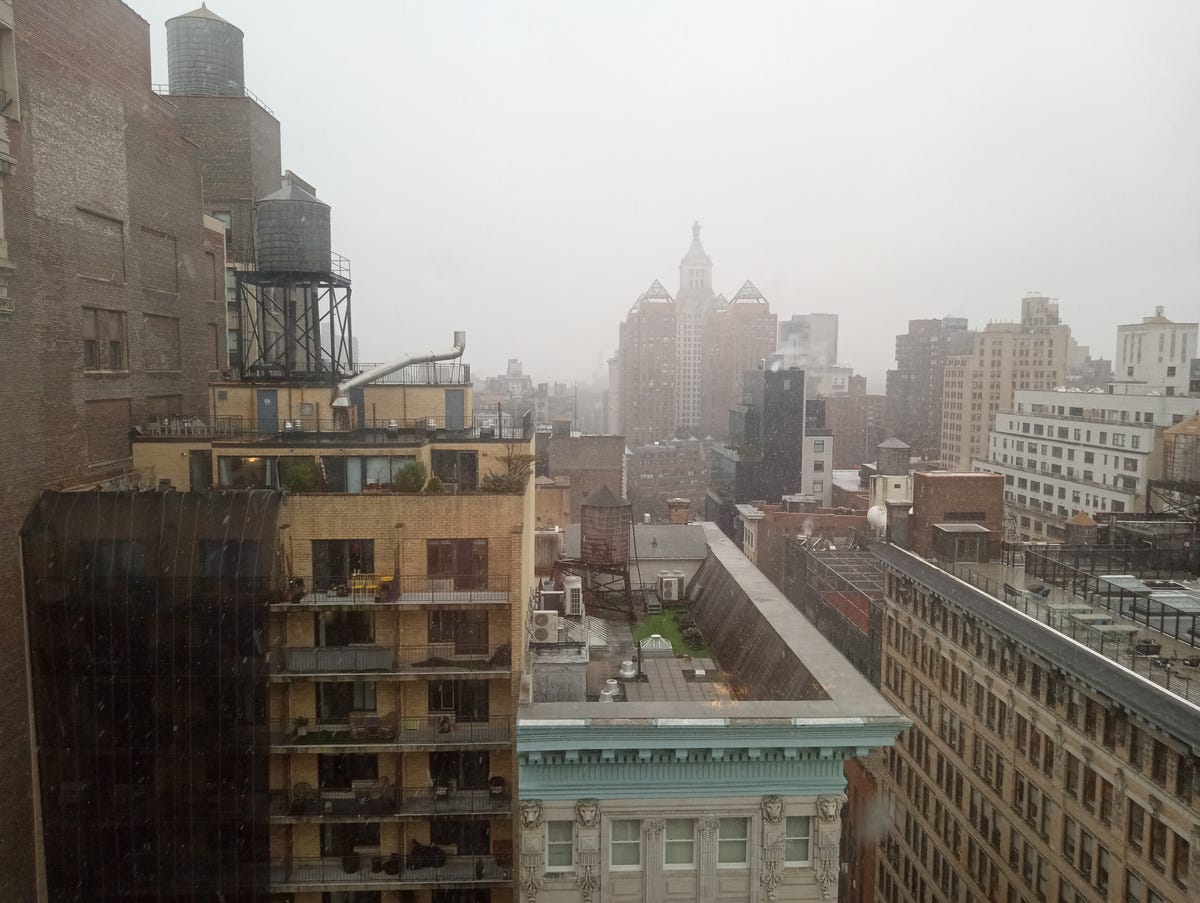

A foggy day in New York, taken on the Moto G Play.
Mike Sorrentino/CNETWhile it was nice to see Portrait mode on a phone at this price, I can barely see much of a bokeh effect in my photos. This is especially true when using the 5-megapixel front-facing camera, in which my photos looked consistently muddy.


My friend took a photo of me at the Taco Bell in Times Square using Portrait Mode, but it’s challenging to see if it made a difference.
Mike Sorrentino/CNET

The Moto G Play’s front-facing camera had a tough time keeping me in focus, even in a restaurant with decent lighting.
Mike Sorrentino/CNETI took the Moto G Play with me to Taco Bell — because yes, I’m going to go eat cheap food while reviewing a cheap phone. I had my friend take photos of me using the phone’s Portrait setting. You can sort of see a light blurring effect in the background, but it’s hard to perceive.
In another selfie taken at a restaurant with better lighting than the Taco Bell, I found the selfie camera to have a tough time keeping me in focus.
And when taking photos of my friend’s dog Daisy, the rear cameras struggled to capture much detail of her fur, even when she sat still. In the best of conditions, the phone’s cameras struggle to take sharp photos.


Daisy the dog sat relatively still for this photo, but the Moto G Play’s camera captures minimal detail.
Mike Sorrentino/CNETI compared the photos taken on the Moto G Play against the same images taken on the $160 Samsung Galaxy A03S, and found the picture quality to be roughly comparable for simple static shots. When shooting a bookshelf at CNET’s office, the Moto G Play got slightly more detail of the book covers than the Galaxy A03S, with the latter phone’s image appearing a bit darker.
However, when it comes to a photo with lots of detail and color, such as with this plant wall, the Moto G Play struggles to discern between the different shades of green. Meanwhile the Galaxy A03S performs much better with discerning the darker green shades from the lighter ones, making for a dramatically different photo.
Neither phone’s camera performs especially well, which is a common theme among phones that cost under $200. For me, this places the Moto G Play’s camera photos squarely into the category of being acceptable for group chats, but not much else. It’s going to take a lot of really good lighting and steady hands in order to make the most of these cameras, and that’s more effort than most people are going to want to make.
There are better options, even when you want to save money
Even when you’re looking for the cheapest possible phone, your device still needs to run most apps without issue and take decent-looking photos. I wouldn’t expect a phone that costs less than $200 to run Fortnite at the highest graphics settings, but I am expecting to use apps with minimal lag. While phones at this price are also typically lighter on features, the perks that are available should bring noticeable value to the experience. The Moto G Play’s Portrait mode and high refresh rate don’t succeed in this regard.
Instead of buying the Moto G Play at $170, you’re probably better off saving $10 and getting the $160 Samsung Galaxy A03S. While that phone also has unimpressive cameras, it was at least able to multitask more easily.
Although I haven’t reviewed it yet, you might also consider the $199 Samsung Galaxy A14 5G, since it has 64GB of storage and 5G connectivity. Later this year, a number of TCL 40 phones will arrive in the US, which will include 5G and 128GB of storage for under $200. Those devices might be worth waiting for if you aren’t in dire need of a cheap phone right now.
Moto G Play (2023) vs. Samsung Galaxy A03S, TCL Stylus 5G, OnePlus Nord N300 5G
| Moto G Play (2023) | Samsung Galaxy A03S | TCL Stylus 5G | OnePlus Nord N300 5G | |
|---|---|---|---|---|
| Display size, type resolution, refresh rate | 6.5-inch IPS TFT LCD; 1,600×720 pixels; 90Hz refresh rate | 6.5-inch LCD; 1,600×720 pixels | 6.81-inch; 2,400×1,080 pixels | 6.56-inch IPS LCD display; 720p resolution; 90Hz refresh rate |
| Pixel density | 269ppi | 269ppi | 395ppi | 269ppi |
| Dimensions (inches) | 6.58 x 2.95 x 0.36 in | 6.5 x 2.9 x 0.3 in | 6.67 x 3.01 x 0.35 in | 6.4 x 2.9 x 0.3 in |
| Dimensions (millimeters) | 167 x 77 x 9.4 mm | 165.8 x 75.9 x 9.1 mm | 169.6 x 76.5 x 8.9 mm | 163.8 x 75.1 x 7.99 mm |
| Weight (ounces, grams) | 203 g (7.16 oz) | 202g (7.13 oz) | 213g (7.51 oz) | 190g (6.7 oz) |
| Mobile software | Android 12 | Android 11 | Android 12 | Android 12 |
| Camera | 16-megapixel (main), 2-megapixel (macro), 2-megapixel (depth sensor) | 13-megapixel (main), 2-megapixel (depth), 2-megapixel (macro) | 50-megapixel (main), 5-megapixel (wide), 2-megapixel (macro), 2-megapixel (depth sensor) | 48-megapixel (main), 2-megapixel (depth lens) |
| Front-facing camera | 5-megapixel | 5-megapixel | 13-megapixel | 16-megapixel |
| Video capture | 720p at 30 fps | 1080p at 30fps | 1080p at 30fps | 1080p at 30fps |
| Processor | MediaTek Helio G37 | Octa-core processor | MediaTek Dimensity 700 5G | MediaTek Dimensity 810 |
| RAM, storage | 3GB + 32GB | 3GB/32GB | 4GB/128GB | 4GB/64GB |
| Expandable storage | Up to 512GB | Up to 1TB | Up to 2TB | Up to 1TB |
| Battery, charger | 5,000 mAh; 10W charging | 5,000mAh; charger not included, does not support wireless charging | 4,000mAh; 18W charging | 5,000mAh; 33W charging |
| Fingerprint sensor | Rear | Side | Side | Side |
| Connector | USB-C | USB-C | USB-C | USB-C |
| Headphone jack | Yes | Yes | Yes | Yes |
| Special features | 3-day battery life, Moto Gestures, Auto Smile Capture, Portait Mode | Stylus with built-in storage, producitivity software, NxtVision HDR mode | Dual speakers, NFC, Face Unlock, HDR, Portrait, Face retouching | |
| Price off-contract (USD) | $170 | $160 | $258 | $228 |
Technologies
Today’s NYT Connections Hints, Answers and Help for Dec. 24, #927
Here are some hints and the answers for the NYT Connections puzzle for Dec. 24 #927
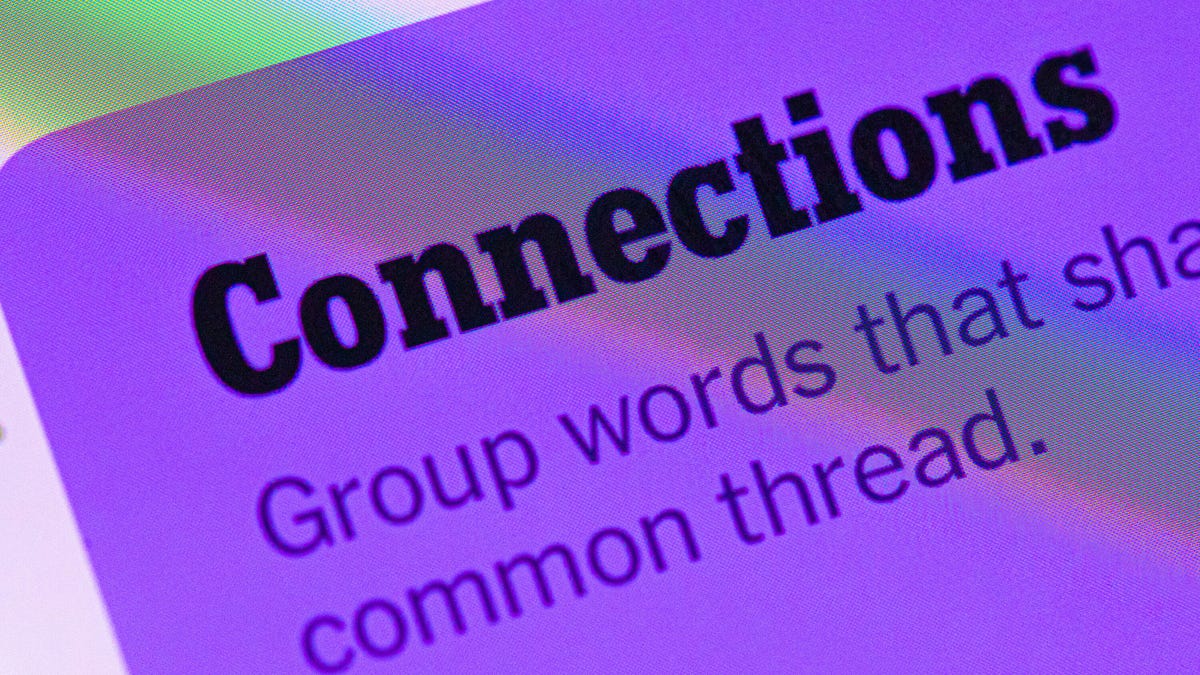
Looking for the most recent Connections answers? Click here for today’s Connections hints, as well as our daily answers and hints for The New York Times Mini Crossword, Wordle, Connections: Sports Edition and Strands puzzles.
Today’s NYT Connections puzzle is kind of tough. Ooh, that purple category! Once again, you’ll need to look inside words for hidden words. Read on for clues and today’s Connections answers.
The Times has a Connections Bot, like the one for Wordle. Go there after you play to receive a numeric score and to have the program analyze your answers. Players who are registered with the Times Games section can now nerd out by following their progress, including the number of puzzles completed, win rate, number of times they nabbed a perfect score and their win streak.
Read more: Hints, Tips and Strategies to Help You Win at NYT Connections Every Time
Hints for today’s Connections groups
Here are four hints for the groupings in today’s Connections puzzle, ranked from the easiest yellow group to the tough (and sometimes bizarre) purple group.
Yellow group hint: Cash out.
Green group hint: Chomp
Blue group hint: Walleye and salmon.
Purple group hint: Make a musical sound, with a twist.
Answers for today’s Connections groups
Yellow group: Slang for money.
Green group: Masticate.
Blue group: Fish.
Purple group: Ways to vocalize musically plus a letter.
Read more: Wordle Cheat Sheet: Here Are the Most Popular Letters Used in English Words
What are today’s Connections answers?
The yellow words in today’s Connections
The theme is slang for money. The four answers are bacon, bread, cheese and paper.
The green words in today’s Connections
The theme is masticate. The four answers are bite, champ, chew and munch.
The blue words in today’s Connections
The theme is fish. The four answers are char, pollock, sole and tang.
The purple words in today’s Connections
The theme is ways to vocalize musically plus a letter. The four answers are hump (hum), rapt (rap), singe (sing) and whistler (whistle).
Don’t miss any of our unbiased tech content and lab-based reviews. Add CNET as a preferred Google source.
Toughest Connections puzzles
We’ve made a note of some of the toughest Connections puzzles so far. Maybe they’ll help you see patterns in future puzzles.
#5: Included «things you can set,» such as mood, record, table and volleyball.
#4: Included «one in a dozen,» such as egg, juror, month and rose.
#3: Included «streets on screen,» such as Elm, Fear, Jump and Sesame.
#2: Included «power ___» such as nap, plant, Ranger and trip.
#1: Included «things that can run,» such as candidate, faucet, mascara and nose.
Technologies
Today’s NYT Mini Crossword Answers for Wednesday, Dec. 24
Here are the answers for The New York Times Mini Crossword for Dec. 24.
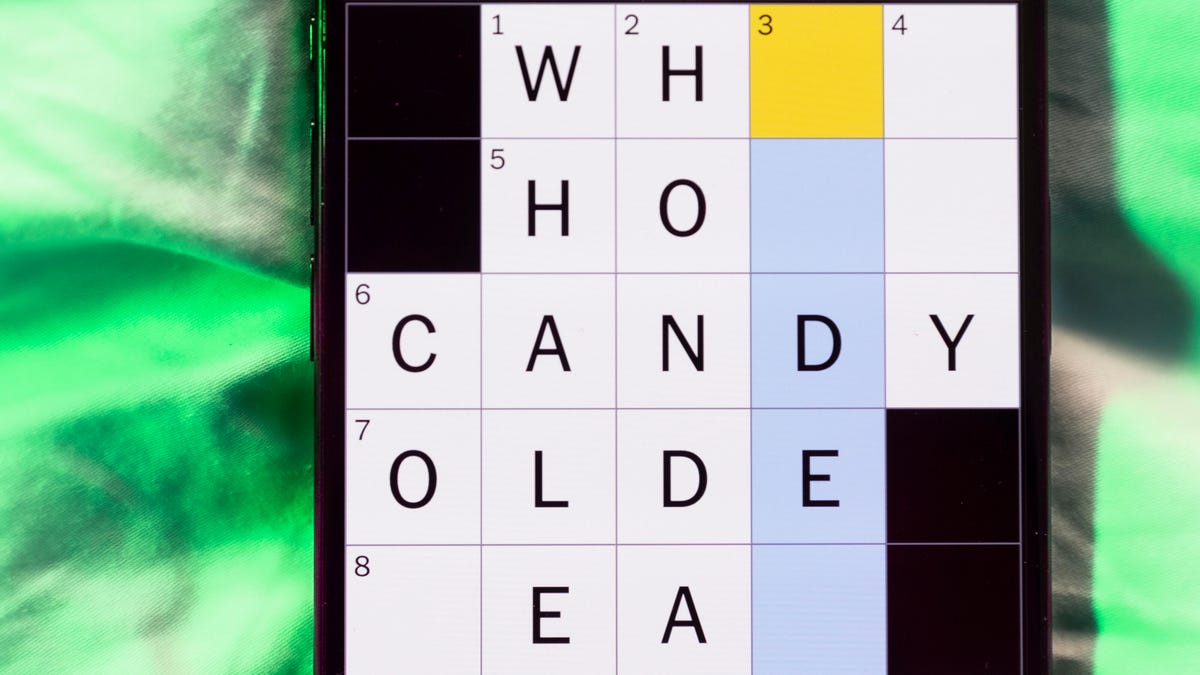
Looking for the most recent Mini Crossword answer? Click here for today’s Mini Crossword hints, as well as our daily answers and hints for The New York Times Wordle, Strands, Connections and Connections: Sports Edition puzzles.
Need some help with today’s Mini Crossword? I’m Irish-American, but yet 6-Down, which involves Ireland, stumped me at first. Read on for all the answers.. And if you could use some hints and guidance for daily solving, check out our Mini Crossword tips.
If you’re looking for today’s Wordle, Connections, Connections: Sports Edition and Strands answers, you can visit CNET’s NYT puzzle hints page.
Read more: Tips and Tricks for Solving The New York Times Mini Crossword
Let’s get to those Mini Crossword clues and answers.
Mini across clues and answers
1A clue: Wordle or Boggle
Answer: GAME
5A clue: Big Newton
Answer: ISAAC
7A clue: Specialized vocabulary
Answer: LINGO
8A clue: «See you in a bit!»
Answer: LATER
9A clue: Tone of many internet comments
Answer: SNARK
Mini down clues and answers
1D clue: Sharks use them to breathe
Answer: GILLS
2D clue: From Singapore or South Korea, say
Answer: ASIAN
3D clue: Large ocean ray
Answer: MANTA
4D clue: ___ beaver
Answer: EAGER
6D clue: Second-largest city in the Republic of Ireland, after Dublin
Answer: CORK
Don’t miss any of our unbiased tech content and lab-based reviews. Add CNET as a preferred Google source.
Technologies
Quadrantids Is a Short but Sweet Meteor Shower Just After New Year’s. How to See It
This meteor shower has one of the most active peaks, but it doesn’t last for very long.
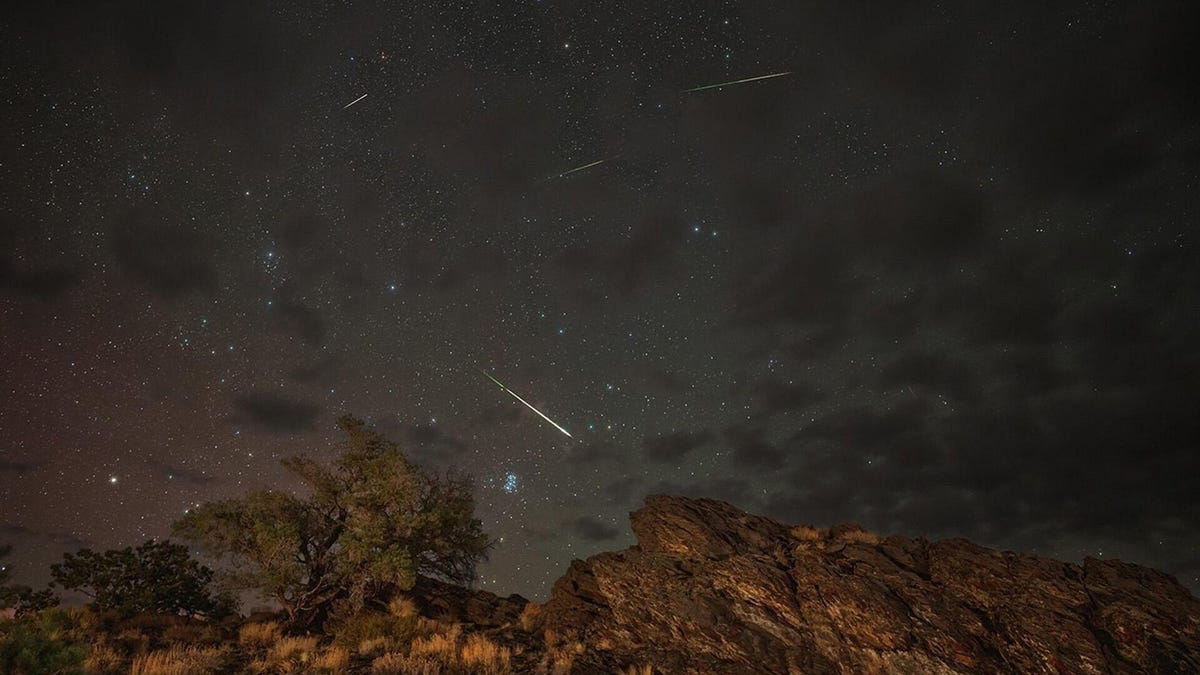
The Quadrantids has the potential to be one of the most active meteor showers of the year, and skygazers won’t have long to wait to see it. The annual shower is predicted to reach maximum intensity on Jan. 3. And with a display that can rival Perseids, Quadrantids could be worth braving the cold to see it.
Don’t miss any of our unbiased tech content and lab-based reviews. Add CNET as a preferred Google source.
The show officially begins on Dec. 28 and lasts until Jan. 12, according to the American Meteor Society. Quadrantids is scheduled to peak on Jan. 2-3, when it may produce upwards of 125 meteors per hour. This matches Perseids and other larger meteor showers on a per-hour rate, but Quadrantids also has one of the shortest peaks at just 6 hours, so it rarely produces as many meteors overall as the other big ones.
The meteor shower comes to Earth courtesy of the 2003 EH1 asteroid, which is notable because most meteor showers are fed from comets, not asteroids. Per NASA, 2003 EH1 is a near-Earth asteroid that orbits the sun once every five and a half years. Science posits that 2003 EH1 was a comet in a past life, but too many trips around the sun stripped it of its ice, leaving only its rocky core. The Earth runs through EH1’s orbital debris every January, which results in the Quadrantids meteor shower.
How and where to see Quadrantids
Quadrantids is named for the constellation where its meteors appear to originate, a point known as the radiant. This presents another oddity, as the shower originates from the constellation Quadrans Muralis. This constellation ceased to be recognized as an official constellation in the 1920s and isn’t available on most publicly accessible sky maps.
For the modern skygazer, you’ll instead need to find the Bootes and Draco constellations, both of which contain stars that were once a part of the Quadrans Muralis. Draco will be easier to find after sunset on the evening of Jan. 2, and will be just above the horizon in the northern sky. Bootes orbits around Draco, but will remain under the horizon until just after 1 a.m. local time in the northeastern sky. From that point forward, both will sit in the northeastern part of the sky until sunrise. You’ll want to point your chair in that direction and stay there to see meteors.
As the American Meteor Society notes, Quadrantids has a short but active peak, lasting around 6 hours. The peak is expected to start around 4 p.m. ET and last well into the evening. NASA predicts the meteor shower to start one day later on Jan. 3-4, so if you don’t see any on the evening of Jan. 2, try again on Jan. 3.
To get the best results, the standard space viewing tips apply. You’ll want to get as far away from the city and suburbs as possible to reduce light pollution. Since it’ll be so cold outside, dress warmly and abstain from alcoholic beverages, as they can affect your body temperature. You won’t need any binoculars or telescopes, and the reduced field of view may actually impact your ability to see meteors.
The bad news is that either way, the Quadrantids meteor shower coincides almost perfectly with January’s Wolf Moon, which also happens to be a supermoon. This will introduce quite a lot of light pollution, which will likely drown out all but the brightest meteors. So, while it may have a peak of over 100 meteors per hour, both NASA and the AMS agree that the more realistic expectation is 10 or so bright meteors per hour.
-

 Technologies3 года ago
Technologies3 года agoTech Companies Need to Be Held Accountable for Security, Experts Say
-

 Technologies3 года ago
Technologies3 года agoBest Handheld Game Console in 2023
-

 Technologies3 года ago
Technologies3 года agoTighten Up Your VR Game With the Best Head Straps for Quest 2
-

 Technologies4 года ago
Technologies4 года agoBlack Friday 2021: The best deals on TVs, headphones, kitchenware, and more
-

 Technologies4 года ago
Technologies4 года agoVerum, Wickr and Threema: next generation secured messengers
-

 Technologies4 года ago
Technologies4 года agoGoogle to require vaccinations as Silicon Valley rethinks return-to-office policies
-

 Technologies4 года ago
Technologies4 года agoOlivia Harlan Dekker for Verum Messenger
-

 Technologies4 года ago
Technologies4 года agoiPhone 13 event: How to watch Apple’s big announcement tomorrow

